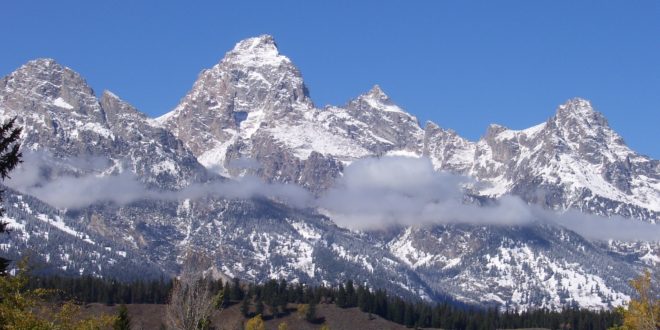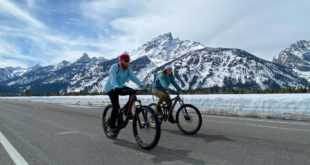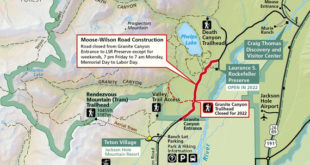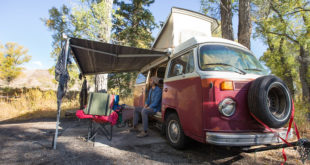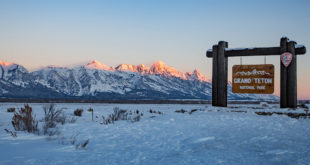Naegleria fowleri amoeba has been found in Grand Teton National Park’s Kelly Warm Springs.
Naegleria fowleri, more sensationally known as “brain-eating amoeba,” has been linked to several deaths over the past few years; in each case, the amoeba, which usually feeds on bacteria, was accidentally introduced into the body via water in the nasal cavaties. Once there, the amoeba switches over and starts consuming brain matter.
According to the Center for Disease Control and Prevention, entry through the nose is the only way people can get infected. It cannot be spread by drinking or soaking in contaminated water, or via water vapor—say from a shower or a humidifier. Further, it’s a rare occurrence. Over the past half-century, there have been an average 2.5 cases of Naegleria fowleri infection in the U.S.
Also according to the CDC: Naegleria fowleri is commonly found in geothermal water, along with warm freshwater, warm water discharge from industrial plants, “poorly maintained” swimming pools, water heaters, and soil.
Indeed, according to the Jackson Hole News & Guide, this isn’t the first time water quality testers have found the amoeba in Grand Teton. Previous tests registered Naegleria fowleri in both Huckleberry and Polecat Hot Springs, located in the John D. Rockefeller Jr. Memorial Parkway. It is, however, the first time officials have found it in the Kelly pool. From the Guide:
Grand Teton officials aren’t entirely sure why the U.S. Geological Survey and Center for Disease Control found the little-understood amoeba for the first time in the lukewarm spring northeast of Kelly.
“What we don’t really know is if it is there all the time at the same level, or does it get masked sometimes and literally not show up?” said Sue Consolo-Murphy, Teton Park’s chief of science and resource management.
Naturally occurring organisms, she said, oftentimes ebb and flow.
The chance of infection from the parasitic amoeba, thought to occur in 85 to 115 degree Fahrenheit waters, is likely minimal.
High concentrations of E. coli bacteria also turned up in Kelly, Huckleberry and Polecat springs, yet no one is confirmed to have ever been sickened by the geothermal features in the past, Consolo-Murphy said.
But, she said, “We certainly think it’s possible based on these results.
“We were advised by the CDC and the Public Health Service to make people aware of these results so they can make informed decisions,” Consolo-Murphy said.
[…]
There is still plenty to learn about the amoeba, which normally subsists on bacteria but switches over to brain once it makes its way up a human host’s nose. It cannot be contracted via ingestion.
“It has not been a really very highly studied organism,” Consolo-Murphy said, “and there’s interest in learning more about its ecology and the conditions under which it maybe thrives.”
The Guide added that Naegleria fowleri has also been found in Yellowstone’s hot springs—not that you’d want to go swimming in them. Ever.
According to Grand Teton officials, it’s illegal to soak in either Huckleberry or Polecat hot springs. Visitors are discouraged from soaking in Kelly Warm Springs, since they’re a hotspot for “exotic species” like bullfrogs, goldfish, and cichlids. Today’s news may discourage people from taking a dip.
Officials added they plan to monitor not only the three springs but other Grand Teton waters as well. The CDC said they also plan to keep monitoring Grand Teton National Park for Naegleria fowleri through next year.
 Yellowstone Insider Your Complete Guide to America's First National Park
Yellowstone Insider Your Complete Guide to America's First National Park
